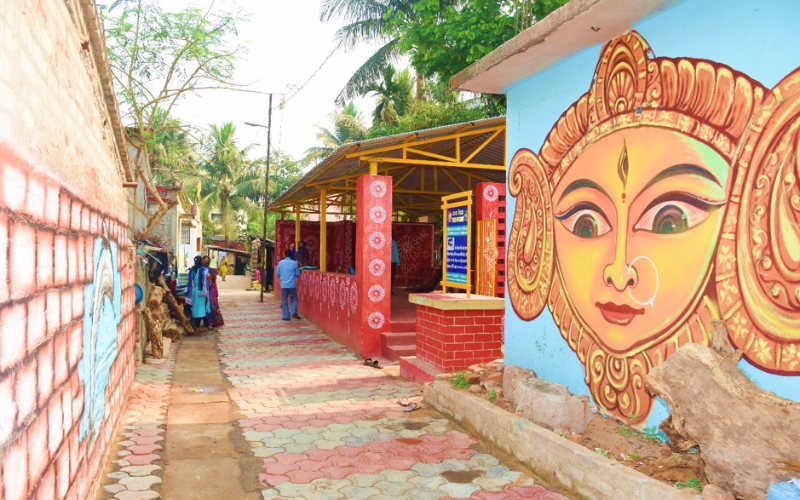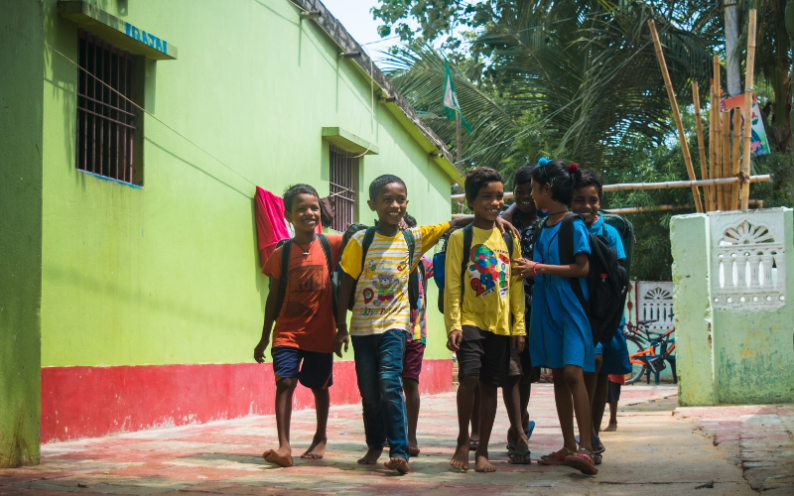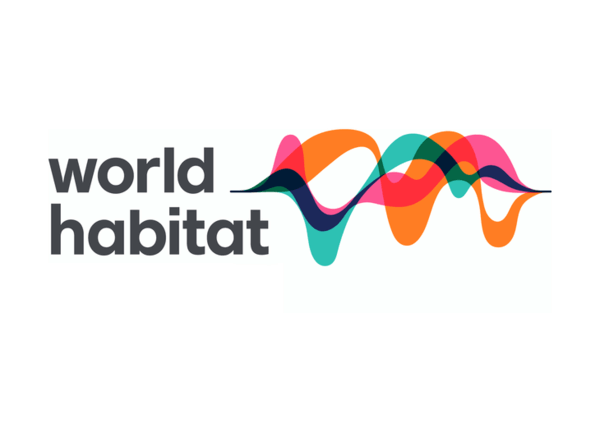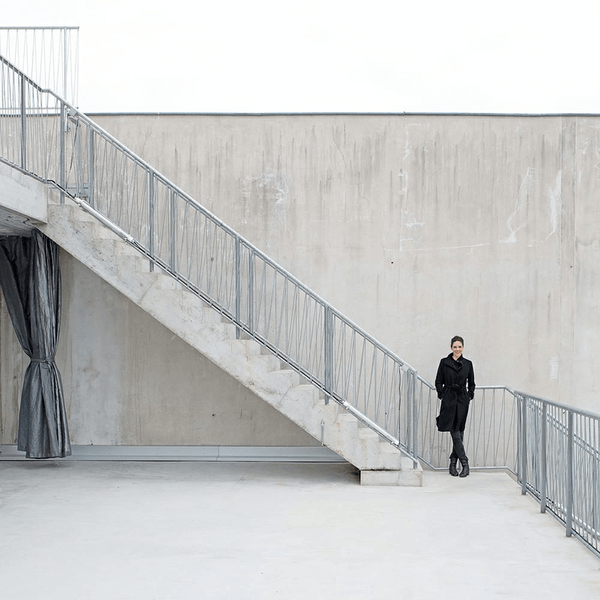City
Odisha
Main actors
Regional Government, National Government, Supranational / Intergovernmental Institutions, Community / Citizen Group
Project area
Whole City/Administrative Region
Duration
Ongoing since 2017
Since 2017, the Jaga Mission and the Odisha Liveable Habitat Mission have been part of an innovative state-wide land titling and slum-upgrading programme which aims to drastically improve living conditions and promote social equality for the urban poor.
The project is led by the Government of Odisha’s Housing and Urban Development Department and aims to make Odisha India’s first slum-free state. The project is implemented through a decentralised governance model, in which slum dwellers’ associations partner with public authorities to manage and maintain settlement upgrades.
The programme has been implemented in all 2,919 slums across 114 cities in Odisha. Between September 2020 and May 2022, 585 slums in 30 cities were upgraded, with eight cities declared slum-free.
Originally published by World Habitat: Link
World Habitat Awards
This project was awarded the 'World Habitat Awards' in 2023 in the following category: Bronze.
External links / documents
On Map
The Map will be displayed after accepting cookie policy






